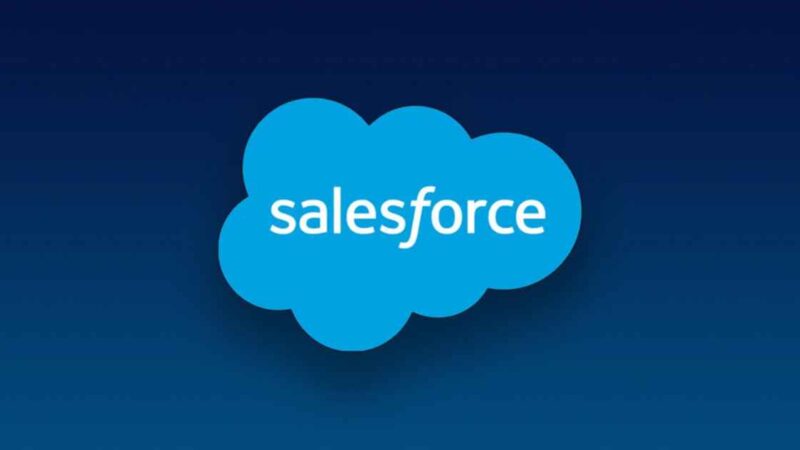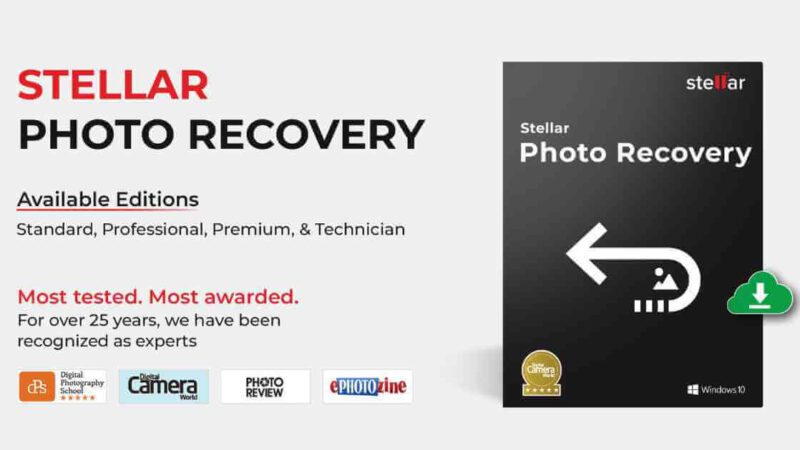Want to Give Your Business a Boost Online? Try These Copywriting Fundamentals

If you’re a business owner, it’s pretty likely that you know how important copywriting is.
You know that, the words you present your audience with online, will do the job of converting visitors or viewers to leads, warm leads to magma-leads, and, ultimately, sell.
That is – of course – if you do it right.
And if you’ve not outsourced to a professional copywriter who lives and breathes all things direct response copywriting, you might be a bit rusty.
So, here are some copywriting fundamentals that you can master today to give your business a boost online.
Wait. What’s Copywriting?
Let’s brush up on the basics before we head into changes you can make.
There are a lot of definitions out there that explain what copywriting is and where you can find it. However, because there are so many definitions out there, there may be doubt in your mind.
Allow me to clear that doubt.
Copywriting is – in a nutshell – written language that aims to convert.
So, contrary to popular belief, it doesn’t always have to be “words that sell” there and then.
That’s a more niched branch of copywriting called direct response copywriting.
It can convert cold leads into warm leads. Warm leads into hot leads.
Hot leads into sales.
But it’s not always about getting people to enter their credit card details.
Copywriting is all about conversion.
Why Is Copywriting Important?
Take a look at the words on your website, sales or landing pages, and marketing emails. Those are all examples of your copy.
So, why is it so important to have good copywriting for a business?
Copywriting is more than just words on a screen. It’s assembled, rather than created.
Copywriting balances human psychology, business acumen, and creative art. It feeds into your sales strategy. Without well-planned and executed copywriting, your online presence will fall flat.
Think about it: we’re almost always urged to take action by anything based on the words of others. It provokes a feeling, and we act to either enhance or put a stop to that feeling.
In the online world, we don’t have the luxury of being there in person.
So, your copywriting does the job for you. When assembled for maximum performance, it’s there in place of you, converting and selling for you 365 days a year (if you choose so).
Copywriting also enhances your brand. While the visuals help to determine the overall atmosphere of the brand, the words you choose go hand-in-hand with those visuals.
A website, for example, can look incredible.
But if it’s full of rubbish copy, it simply won’t convert.
So, yeah – there’s a lot of emphasis on copywriting. It carries a very heavy weight.
Which is why it’s so important to get it right.
Copywriting Fundamental 1: Do You Know Who You’re Talking To?
If you’re going to take one thing from this article, please let it be this:
Your business is not for everyone.
There is no product or service in the world that is aimed at absolutely everyone.
While some may have a broader target market, there’s still absolutely a target market there.
This is something that crops up time and time again with small business owners. They believe that their offer is irresistible to anyone and everyone.
If that’s your state of mind, you need to adjust it. Because, unless you have a crystal clear idea of who you are talking to, your messaging is going to be diluted.
And diluted messaging has a much harder time converting than specific messaging.
The way you’d speak to a college student would be totally different to how you’d speak to pensioners. You see what I mean? College students – as a whole – wouldn’t be interested in care homes. Just as pensioners – again, as a whole – wouldn’t be too interested in the latest skateboards.
When you’re writing copywriting that actually converts, you need to mirror the language used by your ideal buyer. Which is why it’s so crucial to pinpoint the person you’re talking to.
It may be time to revisit your buyer personas. And if you’ve yet to create one, it should be a priority of yours to get it done.
The more specific you can get, the better.
Then, find people who represent your buyer persona on social media and analyze their language. Look for patterns. And mirror these speech features in your own copywriting.
Copywriting Fundamental 2: Benefits Sell, Features Tell
But there’s room for both!
There are many copywriters out there who will tell you to omit features altogether.
Personally, I think that’s a mistake.
However, you should place much more emphasis on your benefits.
If you’re wondering what the difference is between a benefit and feature, then I’ve got your answer:
A benefit is the way someone’s life will change when they own your product or use your service.
A feature, on the other hand, are the components that you get with the product or service.
So, let’s take a hairdryer.
The feature of the hairdryer is a new fast-dry mode.
So, let’s find the benefit of that feature:
The benefit of the hair dryer may be that, because of it’s fast dry time, you can get your hair dried in less than 5 minutes.
But we can dig deeper.
Why is that useful? How will it change the audience’s life?
Perhaps, after extensive audience research and pinpointing our ideal client (as per fundamental #1, we’ve realized that our target audience is female university students.
Now, we can dig into the benefit and make it specific to the audience.
The fast-dry time means you can dry your hair in less than 5 minutes, so you can be out the door for a night out without the guilt of knowing your “leaving now!” text is a complete lie.
In this example, we’ve found a benefit within a feature.
So there’s absolutely room for features. Just put a benefit-spin on them.
Copywriting Fundamental 3: Quit The Formalities
The last (but certainly not the least) copywriting fundamental revolves around formality.
It can be all too tempting to write formally.
It’s our natural writing style when we’re trying to convince people to believe in us.
Why? Because that’s what we’re taught to do.
Think back to your high school days. Or, even earlier than that, in middle school.
You’re taught to use big words to show your intelligence, expand your vocabulary, and use complicated punctuation (hello, semicolons – long time no see).
This “lesson” is carried on into adulthood when you apply for jobs.
So, we’re not used to writing the way we speak.
Unfortunately, when you enter the world of business, complicated language use and formal tones won’t wash.
It actually does the complete opposite.
It isolates your reader and makes them think “this brand is too pretentious and I can’t understand anything they’re saying”.
And if you get that kind of response, your chances of conversion are pretty slim.
Focus on simplicity. If it sounds like writing, it needs rewriting.
DIY Copywriting or Hire a Copywriter?
Copywriting encompasses such a large amount of your business.
And while I understand that, at the start, your budget prevents you from investing in words that convert, hiring a copywriter should be on your priority list.
If you’re adamant you want to DIY your copywriting, and you want to take the risk, then start building that copywriting portfolio!
But if you choose to do this, make sure you invest in some courses, read a whole range of articles and copywriting books, and educate yourself. Your brand deserves it.






